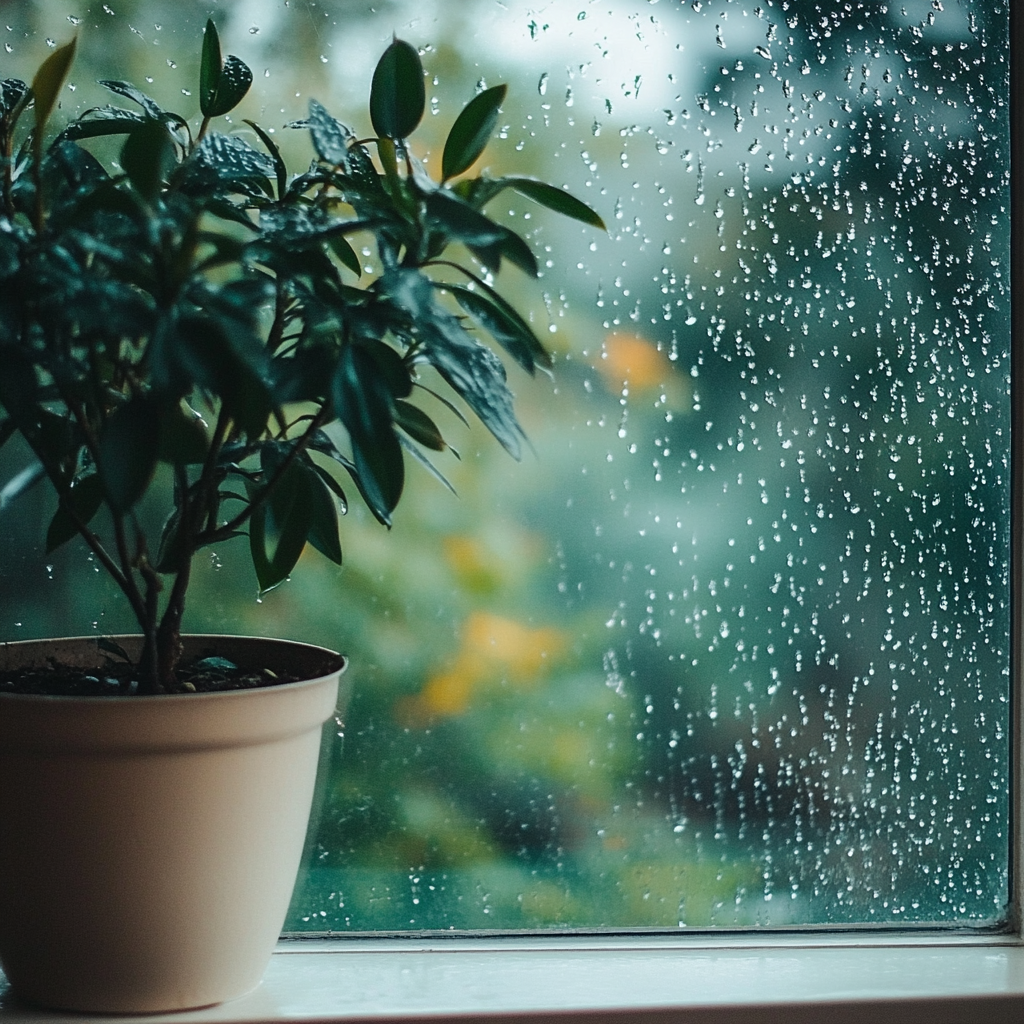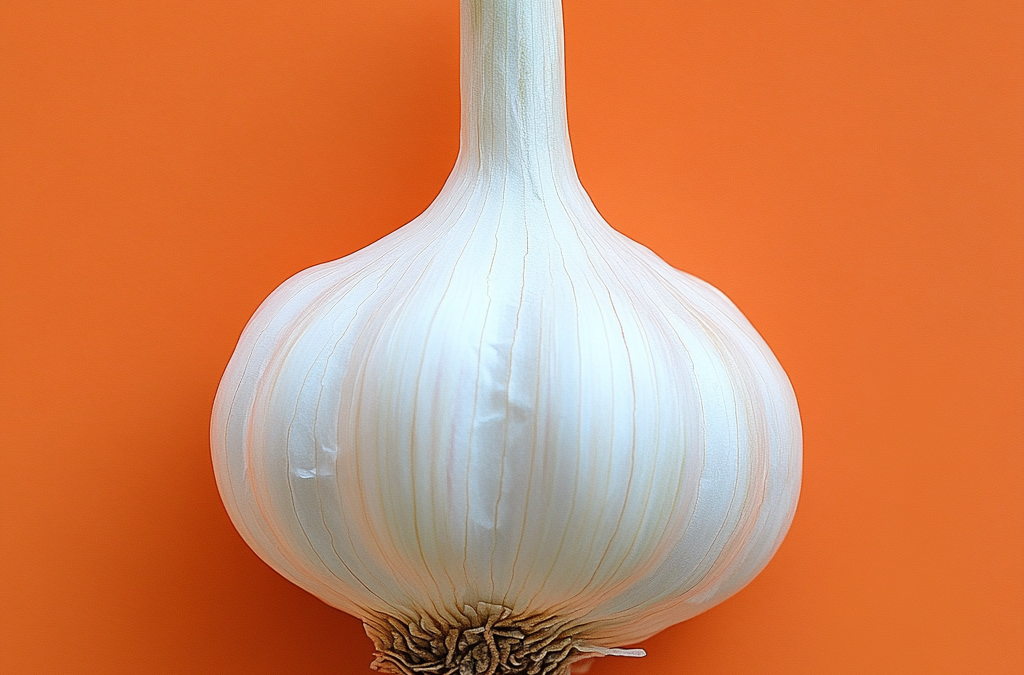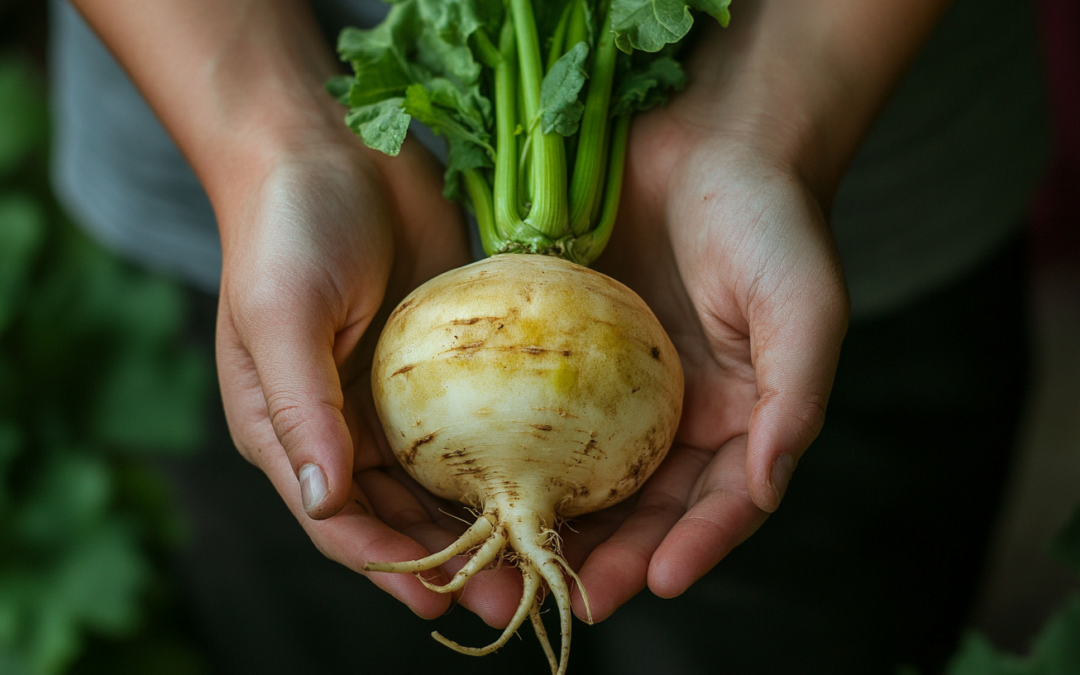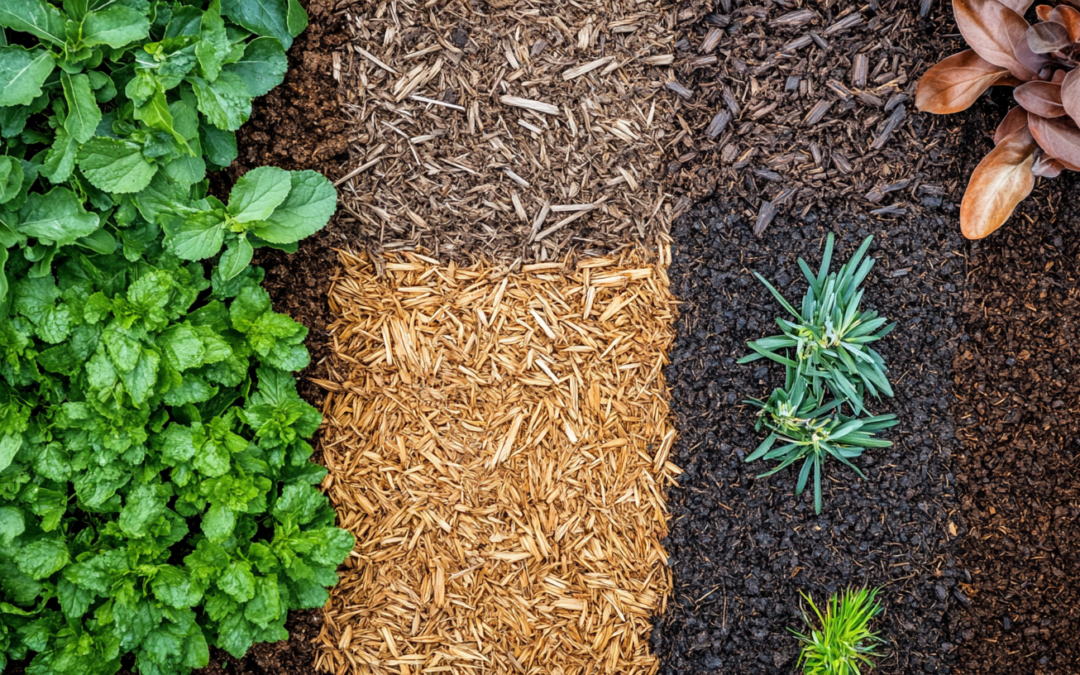Houseplants are often more sensitive to environmental conditions than we realize, and one of the biggest challenges for indoor gardeners is maintaining the right level of humidity. Many common houseplants, especially tropical varieties, thrive in humid environments, but the dry air found in most homes can lead to crispy leaves, slow growth, and general plant stress. If you’ve ever wondered how to boost humidity for your plants, you’re in the right place! Let’s explore some simple humidity hacks that can help your plants thrive, no matter where you live.
Why Humidity Matters for Plants
Humidity refers to the amount of moisture in the air, and it plays a huge role in plant health. Plants take in water through their roots, but they also lose moisture through tiny pores in their leaves, a process called transpiration. When the air is dry, plants lose more moisture than they can take in, leading to dehydration and stress. This is especially true for tropical plants, which naturally grow in humid environments.
Most houseplants, especially popular varieties like ferns, monstera, and peace lilies, prefer humidity levels between 40-60%. Unfortunately, indoor air, particularly in winter, can often dip below 30%, which is far too dry for many plants.
Humidity Hacks for Your Houseplants
- Group Your Plants Together One of the simplest ways to increase humidity around your plants is to group them together. When plants are close to each other, the moisture they release into the air through transpiration creates a microenvironment with higher humidity. This trick works especially well for plants that need similar care and humidity levels.
- Use a Humidifier A humidifier is one of the most effective ways to raise humidity in a room. By adding moisture to the air, it helps create a more favorable environment for your plants. Position the humidifier near your plant collection or in a room where humidity tends to drop, such as a bedroom or office.
- Create a DIY Humidity Tray If you don’t want to invest in a humidifier, a simple DIY humidity tray can work wonders. Fill a shallow tray with pebbles and add water until it just covers the stones. Place your plants on top of the tray, making sure their pots are elevated above the water line (the pebbles should prevent the pots from sitting directly in the water). As the water evaporates, it increases the humidity around your plants.
- Misting Misting your plants can provide a quick humidity boost, but it’s not a long-term solution. Use a fine mist sprayer to lightly mist your plants in the morning, before the heat of the day sets in. This helps create a temporary increase in humidity and can be especially useful for plants with larger leaves, like calatheas or monsteras. However, be cautious not to overdo it—too much moisture on the leaves can lead to mold or mildew.
- Use a Room Temperature Tray of Water Another simple solution is to place a shallow bowl or tray of water near your plants. As the water evaporates, it will increase the humidity in the immediate area. Just be sure to keep the water clean and change it regularly to avoid attracting pests.
- Invest in Humidity-Resistant Plants If you’re struggling with low humidity in your home, consider switching to plants that are more tolerant of dry air. Succulents, snake plants, and ZZ plants are great examples of plants that thrive in low humidity environments. These hardy plants are perfect for beginners and require less maintenance when it comes to humidity.
- Close the Bathroom Door If you’re growing humidity-loving plants in your bathroom, keeping the door closed while you shower can help create a steamy, humid environment. The moisture from the shower will linger in the air, benefiting your plants. Just be sure your plants are getting enough light, as bathrooms can sometimes be low on natural light.
- Monitor Humidity Levels To keep track of the humidity in your home, consider investing in a hygrometer, a small device that measures the moisture level in the air. This will help you know exactly when your plants need extra humidity, so you can take action before they start showing signs of stress.
Signs Your Plants Need More Humidity
It’s not always easy to tell when your plants need more humidity, but there are a few key signs to look out for:
- Crispy Leaf Edges: One of the first signs of low humidity is crispy or browning leaf edges, especially on plants with large, thin leaves.
- Yellowing Leaves: If your plant’s leaves are turning yellow and falling off, it could be a sign that it’s not getting enough moisture.
- Stunted Growth: Dry air can slow down a plant’s growth, causing it to become leggy or stop growing altogether.
By understanding the needs of your plants and making small adjustments to the humidity levels in your home, you can help them thrive year-round. Whether you choose to group your plants together, invest in a humidifier, or use a simple humidity tray, there are plenty of easy and affordable ways to keep your plants happy and healthy. Remember, a little extra humidity can go a long way in creating a lush, green indoor garden!
Do you have any humidity hacks of your own? Share your tips in the comments below!



